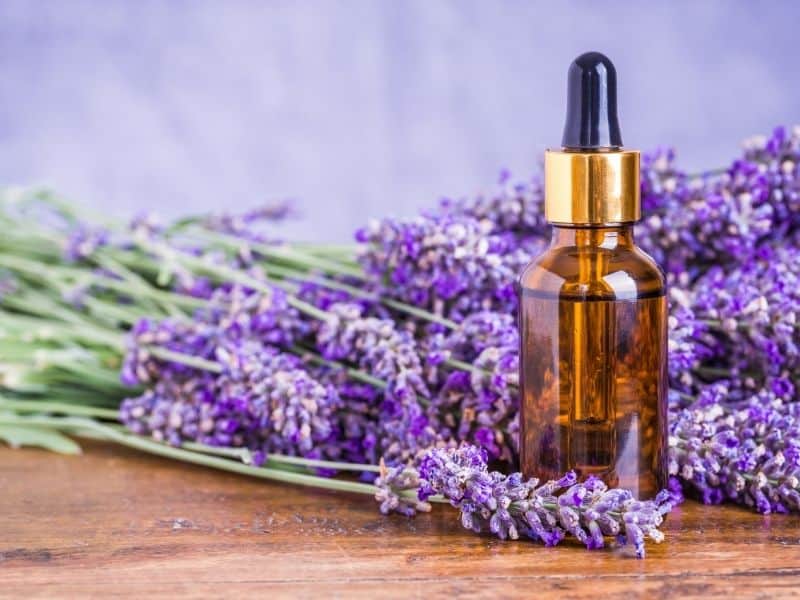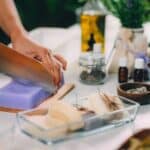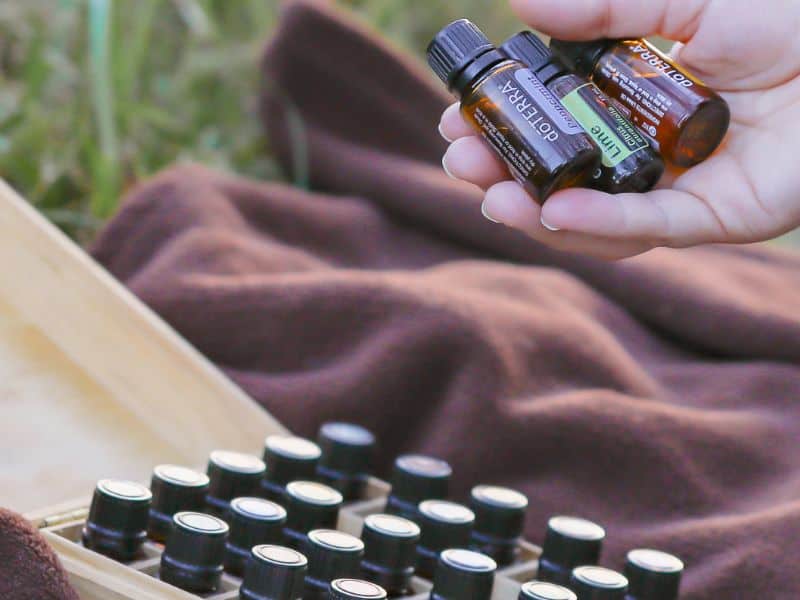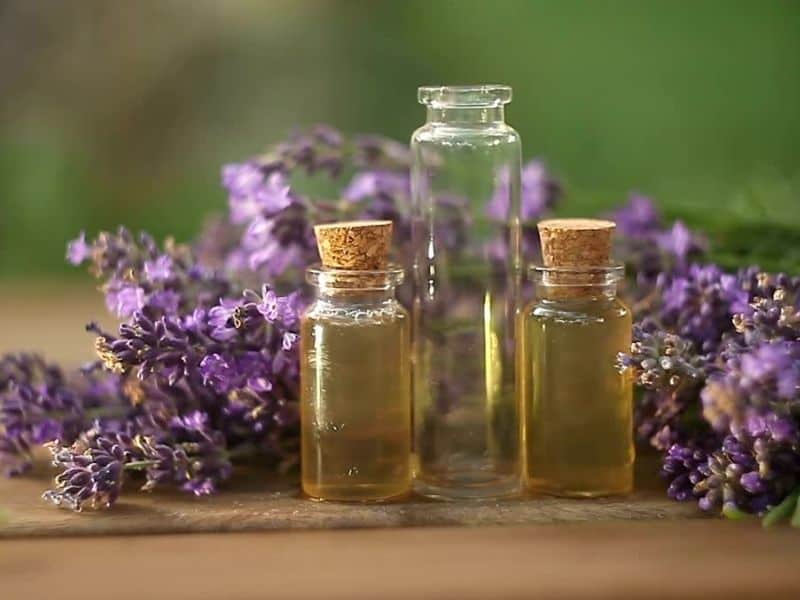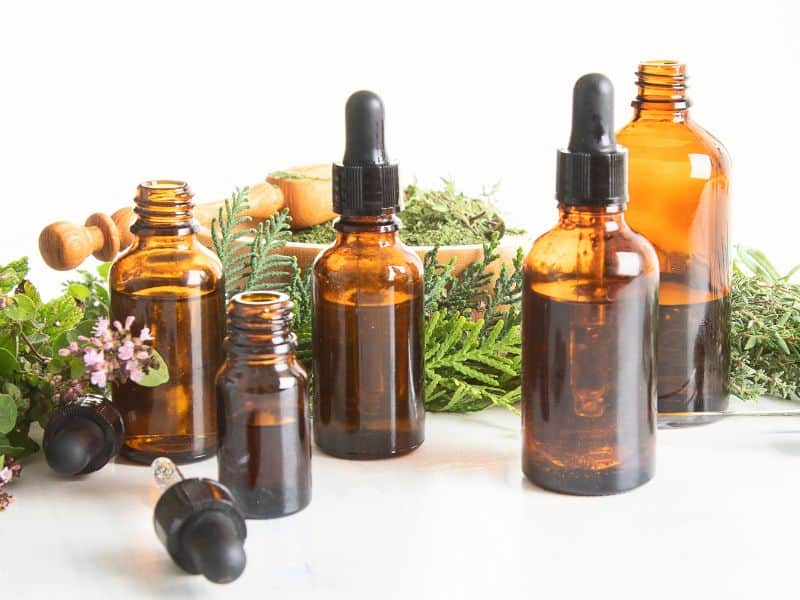If you go through a lot of essential oils or are planning a project or recipe that calls for a specific number of essential oil drops then it is important to know exactly how much you are working with. So, how many drops are in 10ml essential oil?
10ml essential oil contains approximately 200-250 drops. This number may vary based on the thickness and temperature of the essential oil. Keep in mind, essential oils are very concentrated and only a few drops are needed to achieve the desired result in most cases.
Now that you know how many drops are in a standard bottle of essential oil, you can be more precise when measuring out your ingredients. This will help you to create essential oil blends and recipes that are exactly to your liking.
Essential Oil Drop Count Explained
The number of drops in a bottle of essential oils can vary depending on the viscosity of the oil and the size of the hole in the dropper. For
Thicker essential oils, like frankincense or myrrh, there will be fewer drops in a given volume than for thinner essential oils, like lavender or tea tree.
The hole size in the dropper also affects how many drops are dispensed with each squeeze. A small hole will generally produce more drops that are smaller while a large hole produces fewer larger drops.
The Thickest Essential Oils
Here are some of the thickest essential oils:
- Frankincense
- Myrrh
- Sandalwood
- Vetiver
- Patchouli
The Thinnest Essential Oils
Some of the thinnest essential oils are:
- Lavender
- Tea tree
- Lemon
- Peppermint
As you can see, the thickness of essential oil does not necessarily correlate with its scent. So, if you are looking for a specific essential oil for your project but don’t know its viscosity, it is best to do some research.
Now that you know how many drops are in a bottle of essential oil and some of the factors that can affect that number, you can confidently measure out your ingredients.
Understanding Essential Oils
These oils are derived from various plants and contain potent properties that can be used for a variety of purposes. In this article, we will explore what essential oils are, what makes them so potent, and the factors to consider when using them.
What are Essential Oils?
Essential oils are volatile aromatic compounds that are extracted from various parts of plants such as flowers, leaves, roots, and bark. They are highly concentrated and contain the natural essence of the plant from which they are extracted. These oils are commonly used for their therapeutic and aromatic benefits.
Properties of Essential Oils
The potency of essential oils lies in their chemical composition. These oils contain various chemical compounds such as terpenes, phenols, and esters that provide their therapeutic properties. For example, peppermint oil contains menthol, which has a cooling effect that can help soothe sore muscles and headaches. Lavender oil contains linalool, which has a calming effect that can help with relaxation and sleep.
Essential oils also have unique aromas that can affect mood and emotions. The olfactory system is directly connected to the limbic system, which is responsible for emotions, memories, and learning. Therefore, inhaling essential oils can have a direct impact on mood and emotions.
Factors to Consider When Using Essential Oils
While essential oils can be incredibly beneficial, it’s important to consider several factors before using them.
Here are some things to keep in mind:
- Quality: The quality of the essential oil you use is essential. Look for oils that are 100% pure and have been extracted using proper methods. Cheaper oils may be diluted or contain synthetic fragrances, which can be harmful.
- Dilution: Essential oils are potent, and it’s important to dilute them before use. Dilution can help prevent skin irritation and sensitivity. A general guideline is to use 1-2 drops of essential oil per 1 teaspoon of carrier oil, such as coconut oil or sweet almond oil.
- Allergies and Sensitivities: Some people may have allergies or sensitivities to certain essential oils. It’s essential to do a patch test before using an oil topically or inhaling it to avoid any adverse reactions.
- Children and Pets: Some essential oils can be harmful to children and pets. It’s important to research oils before using them around children or pets and to use them in a diluted form.
It’s essential to consider factors such as quality, dilution, allergies and sensitivities, and the safety of children and pets when using essential oils. By using these oils with care and consideration, you can reap their many benefits and enhance your overall health and well-being.
Measurement of Essential Oils
Essential oils are typically measured in drops or milliliters (ml). Drops are the most common measurement unit for blending and diffusing oils, while ml is used for recipes or diluting essential oils in a carrier oil. It’s important to note that droppers may not be uniform, so the size of the dropper can affect the amount of oil dispensed.
Knowing how to convert between drops and ml is essential for accurate measurements. One drop of essential oil is roughly equivalent to 0.05 ml. For example, if you need 10ml of essential oil, you’ll need 200 drops (10 / 0.05 = 200). If a recipe calls for 100 drops of essential oil, you’ll need 5ml (100 x 0.05 = 5).
How Many Drops in 10ml Essential Oil
To calculate the number of drops in 10ml of essential oil, use this formula: Number of Drops = (Volume in ml) / 0.05. For example, 10ml of lavender essential oil would require 200 drops (10 / 0.05 = 200). Below are some examples of different essential oils and their corresponding number of drops in 10ml:
- Peppermint: 200 drops
- Tea Tree: 200 drops
- Eucalyptus: 190 drops
- Lemon: 200 drops
- Bergamot: 190 drops
Factors that Affect the Number of Drops
Several factors can affect the number of drops required, such as the viscosity of the oil, the size of the dropper, and the temperature of the oil.
Thicker oils, such as vetiver or patchouli, may require more drops to reach the desired amount compared to thinner oils like lavender or peppermint.
Dropper size can also affect the number of drops required, with larger droppers potentially dispensing more oil.
Additionally, warmer oils may be more fluid, leading to larger drops being dispensed.
Don’t Worry Too Much About it
In the end, any recipe or formula that is calling for drops probably doesn’t have to be that specific anyway. You will find in most cases that the most exact measurements usually come in by weight.
So when you are not sure if you are getting the exact number of drops at the right size of essential oil, don’t worry too much about it. The essential oil is still going to smell amazing and do its job just fine.
You can always adjust the mix to get the fragrance level you desire!
Frequently Asked Questions
There are about 15-20 drops in a tablespoon of essential oil.
There are about three milliliters in a teaspoon of essential oil. This is just a guideline as the number of drops per milliliter will depend on the essential oil’s viscosity.
There are approximately 12-15 drops in a teaspoon of essential oil.
The best way to measure essential oils is by weight. This will give you the most accurate measurement.
Conclusion
Knowing how many drops are in a bottle of essential oil can be helpful when you are making essential oil blends or recipes. The number of drops per milliliter will vary depending on the viscosity of the essential oil.
In most cases, the essential oil will still smell great and work just fine even if you don’t have an exact measurement. So don’t worry too much about it!
Happy blending!

